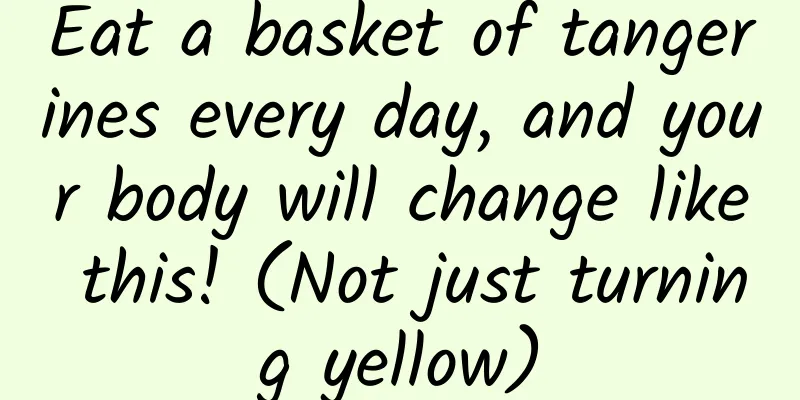Cupping precautions, remember these, the more you cup, the healthier you will be

|
Cupping is a traditional Chinese medical treatment and is also one of the popular health-preserving methods. Although it is effective, you still need to understand its precautions and contraindications when cupping. Cupping precautions 1. When cupping, the indoor air should be kept fresh, avoid direct blowing from fans in summer, and keep the room warm in winter to avoid cold. 2. Pay attention to cleaning and disinfection. The hands of the practitioner and the cupping area of the patient should be clean or disinfected regularly, and the cupping equipment must be disinfected regularly. 3. Blood stasis, small water droplets, itching, and cupping may cause small blisters and bleeding spots on local skin, which are all normal treatment reactions. Generally, Yang syndrome and heat syndrome often present bright red bruises; Yin syndrome and cold syndrome often present purple or light red bruises; cold syndrome and damp syndrome often present blisters and water droplets; deficiency syndrome often presents hot flushes or light red. If there are no local bruises, or if there is redness but it disappears immediately after the cupping, it means that the pathogenic factors are still mild, the condition is not serious or the disease is close to recovery. 4. Generally, it is not advisable to take a bath within 3 hours after cupping. 5. If the patient has cold limbs, nausea and vomiting, palpitations, pale face, fainting, cold sweats, dizziness, etc. during cupping, this is cupping sickness. Stop cupping immediately, let the patient lie down, drink warm water or sugar water, and rest for a while. Most patients will feel better. For those who suffer from severe cupping sickness, acupuncture or pressing of Baihui, Yongquan, Zusanli, Zhongchong, Neiguan and Renzhong acupoints should be performed, or moxibustion of Baihui, Qihai, Yongquan, Guanyuan and other acupoints should be performed. If necessary, the patients should be sent to the hospital for emergency treatment in time. Contraindications of cupping 1. Cupping is prohibited for patients with diseases that cause bleeding tendency, such as thrombocytopenia, leukemia, and allergic purpura. 2. It is forbidden to use on patients with new fractures, scars, local malignant tumors, varicose veins, large blood vessels on the body surface, or those with poor local skin elasticity. 3. Use with caution in the lower abdomen during menstruation. Do not use in the lower abdomen, lumbar region, and breasts during pregnancy. 4. It is contraindicated for patients with severe heart, kidney, liver diseases or high fever convulsions. 5. It is forbidden to use on skin allergies, injuries, and ulcers. 6. It should not be used on the facial features or the front and back genitals. 7. It is forbidden to use in cases of heavy bleeding, overeating, heavy sweating, extreme thirst, hunger, drunkenness and overwork. |
<<: Does liposuction surgery really cause loss of libido?
>>: Pollen mask has many benefits, try making it at home
Recommend
Women have blood in their stool and urine
After we eat, we need to excrete it, and the main...
What are the treatments for uterine hypertrophy and endometrial thickening?
The uterus is a very important reproductive organ...
If a woman has these characteristics, it means she has cheated
Many women enter into marriages and families with...
No symptoms of pregnancy
Under normal circumstances, after pregnancy, you ...
How to treat leucorrhea that is yellow like tofu dregs
The condition of a woman's leucorrhea partly ...
How to restore the uterus to its original state
As time goes by, many people are usually under gr...
What should pregnant women do if they get angry every day?
It is a common symptom for women to get angry aft...
What are the dangers of brown discharge during pregnancy?
A baby is the fruit of the love of his parents an...
What is the standard body fat percentage for women?
When you go to the gym to sign up for a membershi...
Treatment of acute mastitis during lactation
Many pregnant mothers think they can finally take...
What are the symptoms of having no uterus?
Many women have a phenomenon of underdevelopment ...
Can girls take a shower when they have their period?
Girls need to pay attention to many things during...
How to maintain thin endometrium?
We know that most uterine diseases are related to...
How to take care of women during menopause
Normally, women should enter menopause around the...
What time in the morning is more accurate for pregnancy test?
If a woman has delayed menstruation, excluding th...









